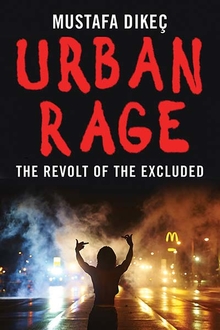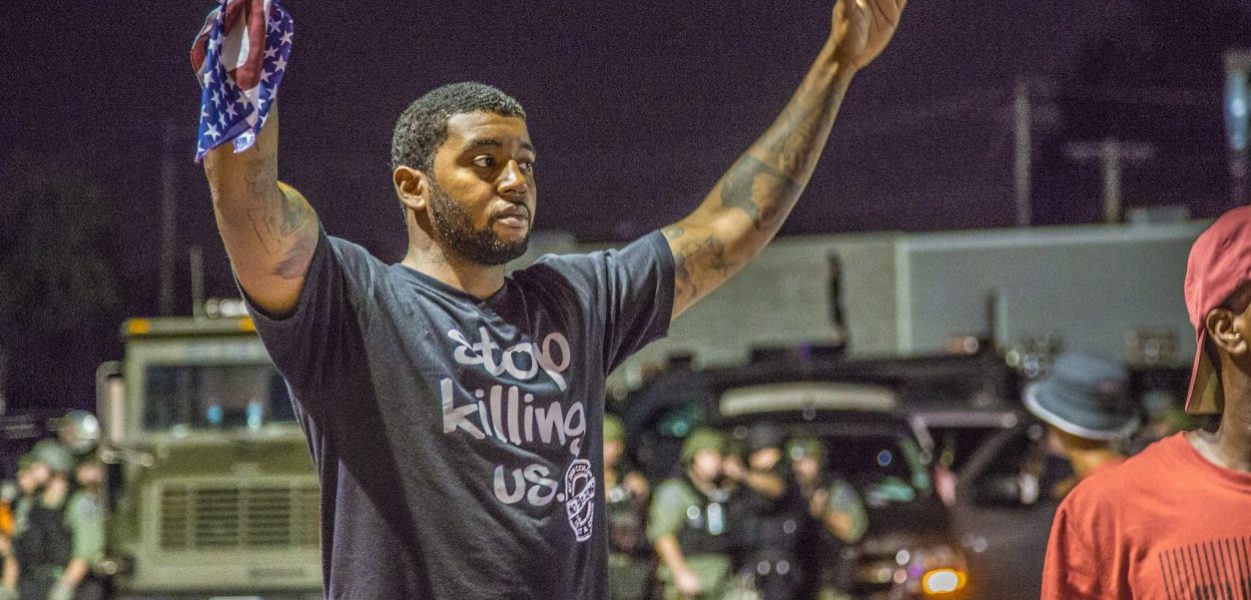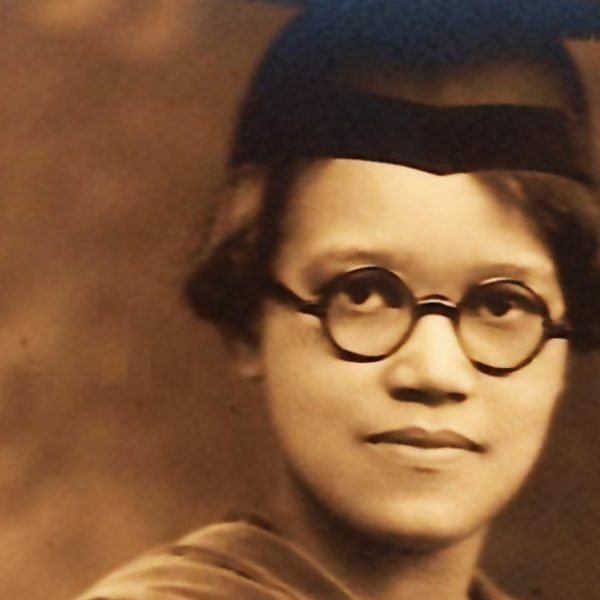The History of Racism in Ferguson
Mustafa Dikeç—
The Department of Justice (DoJ) report following the investigation of Ferguson police department and municipal court was categorical: ‘Ferguson’s law enforcement practices are shaped by the City’s focus on revenue rather than by public safety needs.’ This emphasis on revenue generation led to unconstitutional policing and irregular practices at the municipal court, both of which reflected and exacerbated racial stereotypes and discrimination. The investigation found that the police and the court disproportionately targeted blacks. The uprising of 2014 was not a reaction to an isolated incident; it was a response to years of institutionalized racism, oppression and exploitation. The City of Ferguson had put in place a ‘business model’ that used the police and the municipal court to generate revenue by preying on blacks, who were also less likely to be able to pay extravagant fines.
‘How can you get blood from a turnip?’ asked one member of the Ferguson police when questioned by the DoJ. Another said it would have been better for public safety to allow residents to use their limited income to fix equipment violations (such as a broken tail light) rather than force them to pay fines to the city, which could eventually lead to an arrest warrant and still leave the equipment unfixed. But such views were not shared by the majority of police officers, and certainly not by the senior management. A culture of ‘productivity’ prevailed over Ferguson’s police department and municipal court, a culture so internalized that it dissociated law enforcement from public safety, and turned it into the city’s second largest source of revenue.
In this context, the number of citations issued by police officers became indicators of their productivity, and played an important role in officer evaluations and promotions. Indeed, every month the municipal court provided the police department with a list of the number of tickets issued by each officer. Officers wrote up to six, eight and, in one instance, fourteen citations during a single encounter. What had been happening in Ferguson for years went beyond occasional abuse by some bad apples. It was a systematic and deliberate exploitation of the poor and black population through the coordinated efforts of the city’s police department and municipal court, pushed by the city management. Here is how it worked.
Municipal fines and fees are the second largest source of income for Ferguson. Over the years, the city has been increasing their part in the budget, pressuring the police and court staff to deliver, whose performance it closely monitored. In the five years leading up to the uprisings, the share of fines and fees in Ferguson’s municipal revenue increased from 8 per cent to over 13 per cent. In the year before the uprisings, the court generated more than $2.5 million through municipal fines and fees. Once this pattern was exposed by the uprisings, however, the revenue from this source was cut in half, and its share in the city’s revenue decreased to 6 per cent.
The DoJ investigation found that city officials routinely urged the police chief to generate more revenue. In March 2000, for example, the city’s finance director contacted the police chief to express his concern about the expected sales tax shortfall and to ask him to offset this through fines. ‘Unless ticket writing ramps up significantly before the end of the year,’ he wrote, ‘it will be hard to significantly raise collections next year.’ The police chief responded that the city would see an increase in fines and that he could target the $1.5 million forecast once more officers were hired. He also said he was considering a different shift schedule to have more officers on the street to increase traffic enforcement. Shortly after this exchange, the Ferguson police switched to a twelve-hour shift schedule, which is less conducive to community policing but more effective in generating revenue through enforcement. This was not an isolated incident. In the year leading up to the uprisings, in March 2013, the finance director wrote the following to the city manager: ‘Court fees are anticipated to rise about 7.5 per cent. I did ask the [police] Chief if he thought the PD [police department] could deliver 10 per cent increase. He indicated they could try.’
Data also show certain municipal charges applied almost exclusively to blacks. The five most common charges brought against blacks were also the ones that gave the widest discretion to police officers: Manner of Walking in Roadway, Failure to Comply, Resisting Arrest, Peace Disturbance, and Failure to Obey. Between 2011 and 2013, blacks accounted for 95 per cent of Manner of Walking in Roadway charges, and 94 per cent of Failure to Comply charges. A similar pattern also emerged for speeding charges. The DoJ investigation showed that when citations were issued based on the officer’s visual assessment, rather than on radar readings, blacks were disproportionately charged.
This racial bias was accompanied by illegal police practices. Ferguson police officers stopped, searched, arrested and used force in ways that went beyond their legal authority. They targeted blacks, and when citizens cited their rights or asked for a cause, they responded by retaliation, fining or arresting them for talking back. One typical example of this was traffic stops. Ferguson police officers routinely asked for identification from all passengers, and if they refused, they cited and arrested them under the municipal Failure to Comply charge. This is unconstitutional. Passengers are in their right to refuse to provide identification, and this is protected under the Fourth Amendment. Talking back to officers or recording their activities are protected by the First Amendment. Even verbal expressions of disrespect, including the use of foul language, cannot constitutionally be a basis for arrest. Yet, Ferguson police officers regularly used arrest to retaliate against disrespect, usually charged as Failure to Comply, Disorderly Conduct, Interference with Officer or Resisting Arrest. Such constitutional violations were also evident during the protests outside Ferguson’s police department in February 2015 to mark the six-month anniversary of Michael Brown’s death. Peaceful protesters were menaced by jail: one man recording arrests and another in a wheelchair live-streaming the events from the sidewalk were threatened that they would be arrested on the grounds of Manner of Walking.
The DoJ investigation also revealed a pattern of excessive force use. Ferguson police officers routinely used excessive force in violation of the Fourth Amendment, again disproportionately targeting blacks, who accounted for about 90 per cent of the cases. The DoJ’s conclusion was that use of excessive force by Ferguson police officers was racially biased, punitive and retaliatory rather than necessary (for example, to counter a physical threat). Ferguson police regularly used Tasers and dogs against unarmed individuals, people with mental problems and even juvenile students. In 2011, for example, a mentally troubled man claiming to be God died after officers Tasered him multiple times. In another, during the year leading up to the uprisings, a fourteen-year-old black student was Tasered and arrested in the classroom after refusing to leave following an argument with a fellow student. Taser use was routine, including on people in handcuffs. Dogs were also used unnecessarily, deployed even to bite unarmed children. And Ferguson police dogs bit only blacks – not a single incident reported a police dog biting a white person.
There is also evidence of police harassment in the area with the apartment complexes. For example, a few months before the uprisings, in December 2013, police officers stopped and searched people in this area with no reasonable suspicion. This was not an isolated incident but, as the DoJ report put it, part of a ‘consistent . . . pattern of suspicionless, legally unsupportable stops’ that targeted blacks. The following month, in the same area, the police arrested a young black man at the home of his girlfriend’s grandparents for trespassing, even though the young man was there upon invitation. When he resisted arrest, seven officers repeatedly hit and Tasered him, causing significant injuries. ‘Partly as a consequence of City and FPD [Ferguson Police Department] priorities,’ the DoJ report stated, ‘many officers appear to see some residents, especially those who live in Ferguson’s predominantly African-American neighbourhoods, less as constituents to be protected than as potential offenders and sources of revenue.’
There are several examples in the report, but perhaps the following one shows best the legally arbitrary, racially targeted and revenue-driven nature of policing in Ferguson. In the summer of 2012, an officer pulled up behind a thirty-two-year-old black man’s car. The man had just finished a game of basketball in a public park, and was cooling off in his parked car. The officer asked him for his social security number and identification. Then, pointing at the presence of children in the public park, he accused the man of being a paedophile, and ordered him out for a search. The man cited his constitutional rights, which led to his arrest. The officer then charged him with eight violations of Ferguson’s municipal code, including one for making a false declaration (he said his name was ‘Mike’, whereas it was ‘Michael’ in reality), one for not wearing a seat belt, one for having an expired driver’s licence, and one for not having one.
To put it bluntly, Ferguson police preyed upon blacks to generate revenue for the city until one encounter went awry with the killing of Michael Brown.
From Urban Rage by Mustafa Dikeç. Published by Yale University Press in 2018. Reproduced with permission.
Mustafa Dikeç is professor of urban studies at the Université Paris-Est and Malmö University. He is the author of Badlands of the Republic and Space, Politics and Aesthetics.
Further Reading:



























